Food waste is converted into energy using a process called anaerobic digestion (or AD, for short). The waste is treated at a special AD plant, where it is broken down so that it gives off biogas. This methane-rich gas is then used to create new energy.
Anaerobic digestion is a great way to prevent food waste from going to landfill and emitting greenhouse gasses there, whilst also providing an effective form of renewable energy. What’s more, the sludge material leftover from the AD process is used as a fertiliser.
Find out more about the process below.
How Anaerobic Digestion Works – A Summary
How is the Food Waste Pre-Treated?
Inside the Anaerobic Digestion Container
What’s So Good About Anaerobic Digestion?
Food Waste to Energy for Businesses

How Anaerobic Digestion Works
1. Food waste is collected from homes and businesses and taken to the anaerobic digestion facility.
2. At the plant, any packaging and non-food materials are removed and the food waste is pre-treated ready for processing.
3. The food waste then enters the anaerobic digestion container. Here, the food is broken down by naturally occurring microorganisms. The temperatures and conditions of the tank speed up the natural decomposition process.
4. As it decomposes, the food gives off biogas in the form of methane. This gas is captured and then used to power the generation of energy.
5. The remaining sludge-like material that is left over from the anaerobic digestion process, digestate, is then used as fertiliser by farmers.
As you can see, anaerobic digestion prevents food waste from ending up in landfill, where the gas it gives off contributes to global warming. Instead, the gas and other by-products are put to good use to power homes and fertilise crops.
How is the Food Waste Pre-Treated?
Before food waste reaches the AD tank, all packaging or non-food waste is of course removed, leaving only biowaste.
The waste is then pre-treated to make it more easily degradable. There are various methods for achieving this, including microwaving, heating, and milling to reduce the size and increase the surface area of food waste items.
Inside the Anaerobic Digestion Container
So what actually happens inside the AD container to turn that food waste into useful biogas?
As we mentioned earlier, naturally-occurring microorganisms break down and decompose the food, giving off methane gas, and the AD tank accelerates this process.
There are four stages of anaerobic digestion: hydrolysis, acidogenesis, acetogenesis and methanogenesis. Each stage breaks down different parts of the food waste, and the AD tank is designed to foster and support all the parts of the process. The tank is completely sealed and free of oxygen, and maintains a temperature of around 35 degrees, an optimum temperature for all the different bacteria in the process.
Hydrolysis
In the initial phase, long-chain polymers are broken down into smaller parts (monomers), such as amino acids, fatty acids and sugars.
Acidogenesis
Next, acidogenic bacteria cause these smaller components to ferment and break down further, creating volatile fatty acids, carbon dioxide, ammonia, hydrogen sulfide and other byproducts.
Acetogenesis
Acetogens then further digest the molecules that have been created, producing acetic acid, more carbon dioxide, and hydrogen.
Methanogenesis
As the name suggests, this final part of the process is when the biogas used for energy, methane, is produced. Methanogens create methane, carbon dioxide and water using the products left over from the previous stages. The methane gas is then extracted to be used for energy, while the leftover digestate material shipped off to be used as fertiliser.
What is Biogas Used for?
The primary use of the biogas produced by anaerobic digestion is in CHP (combined heat and power), also called cogeneration. This is a highly efficient way of generating heat and electricity. It can be used in the place of a conventional power station and boiler, cutting carbon emissions by up to 30%.
You can learn more about CHP here.
Biogas can also be used as a fuel for motor vehicles. For example, lots of cities around the world now have buses that are fueled by biogas, which is much better for the environment than using traditional fuels such as petrol or diesel.
In developing countries, biogas is increasingly being used in households as an alternative burning wood or natural gas for cooking and heating. Small biodigesters are installed in houses and use materials such as animal dung and waste water to generate heat. The anaerobic digestion still takes place here but on a much smaller scale.
What’s So Good About Anaerobic Digestion?
The great thing about anaerobic digestion is that it tackles two environmental issues at once.
Firstly, it cuts down the amount of food waste going to landfill. Food waste being thrown away and ending up in landfill poses an environmental problem, because the gases given off during decomposition are released in the atmosphere, contributing to global warming. When you consider that experts are predicting an increase of 33% in the amount of food waste produced by 2030, this could become a major issue. Anaerobic digestion prevents some of this gas reaching the atmosphere and instead uses it for good.
Secondly, AD offers a clean, eco-friendly alternative to fossil fuels for the generation of energy. It requires no combustion, so no greenhouse gases are given off into the atmosphere. It is also classed as renewable energy, because the raw materials used to fuel it will always be naturally available.
Converting food waste to energy via anaerobic digestion great because it makes an important contribution to the UK achieving its current renewables goal of 30% of energy production being from renewable sources by 2030. As of 2017, anaerobic digestion is fueling over 1 million homes in the UK and the industry continues to grow.
Food Waste to Energy for Businesses
Many businesses are conscious of their carbon footprint and environmental impact, with many striving to achieve zero waste to landfill. Having food waste converted into energy plays a key part in this, alongside recycling, reduction of single-use items and reusing/repurposing non-food waste.
And it needn’t be a difficult process. Here at Willshee’s we collect food waste (as well as all other types of waste) from a business’ premises and transport it to an AD plant for processing. With years of experience in the waste disposal industry, the team at Willshee’s are perfectly equipped to help companies achieve their sustainability goals.
To find out more about how Willshee’s can help your business, get in touch today on 01283 702 340 or at sales@willshees.co.uk.

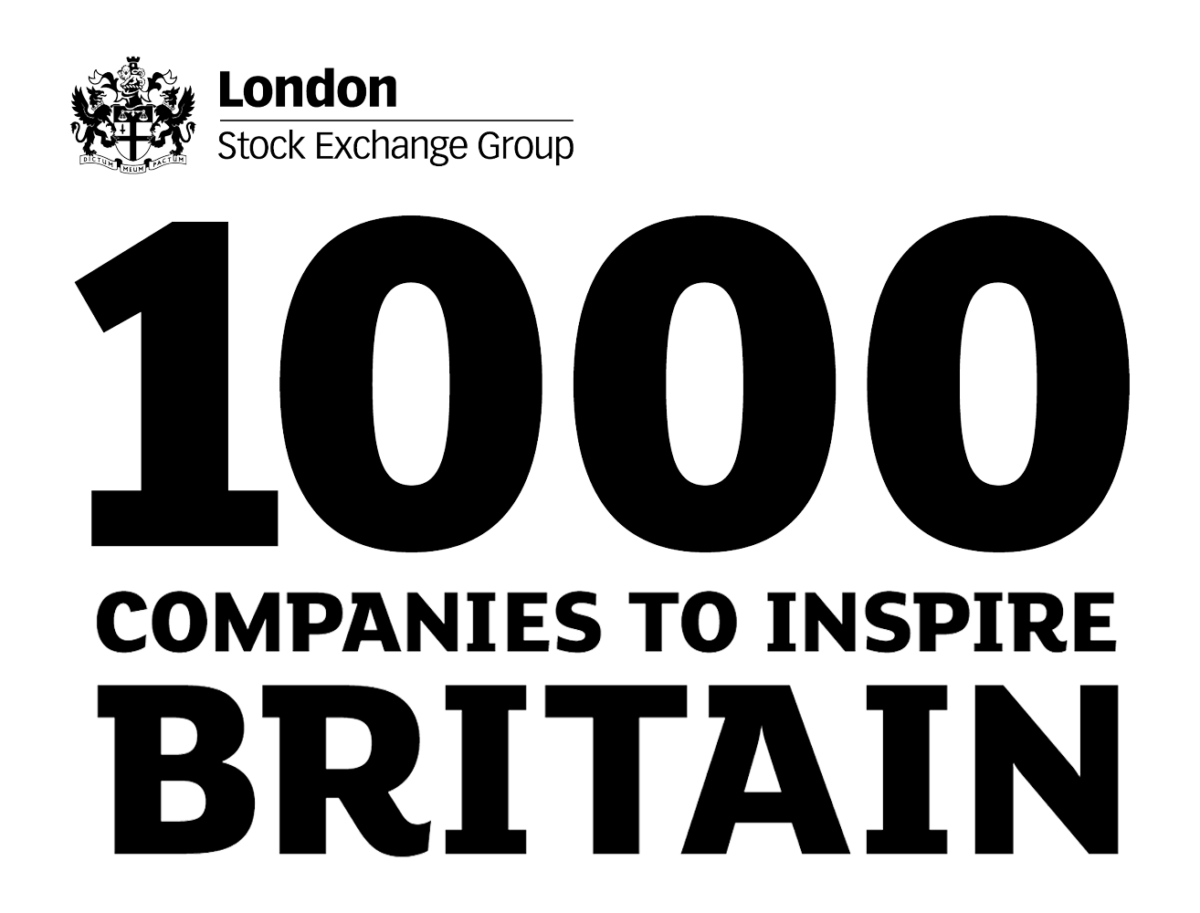




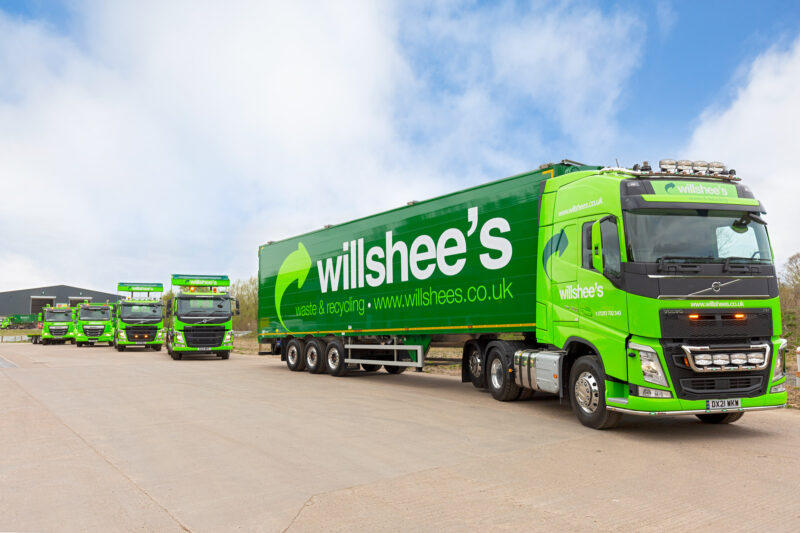
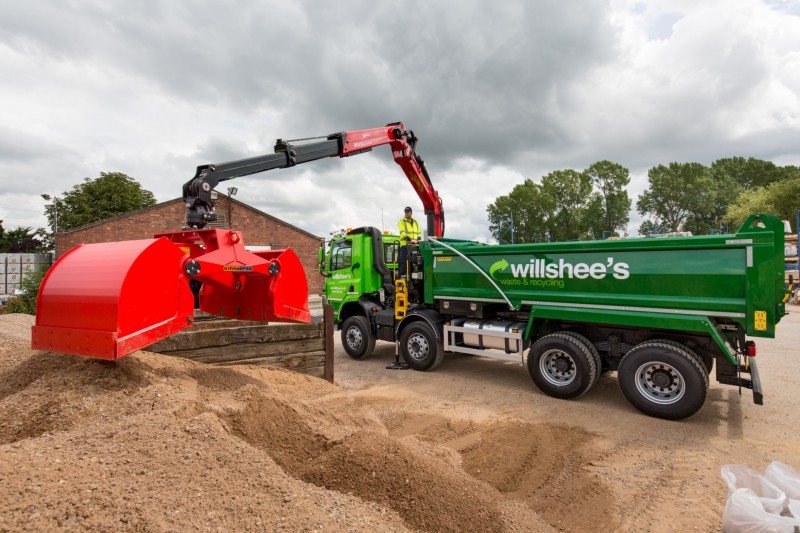

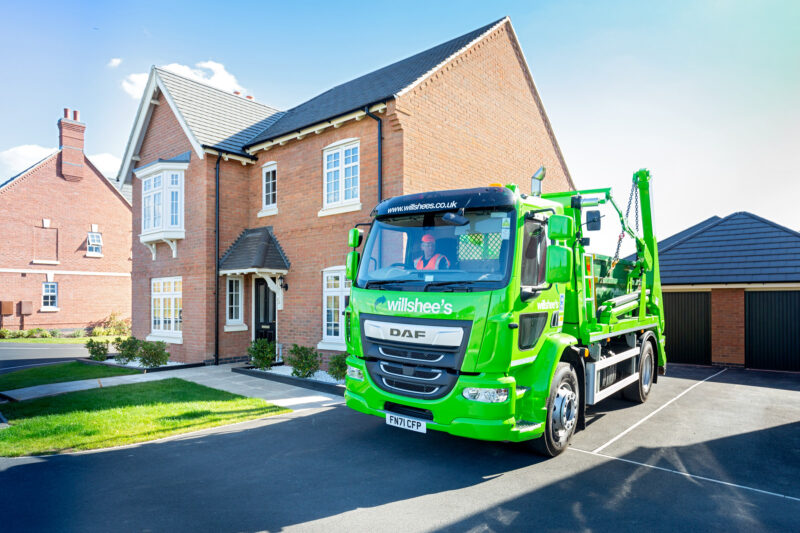
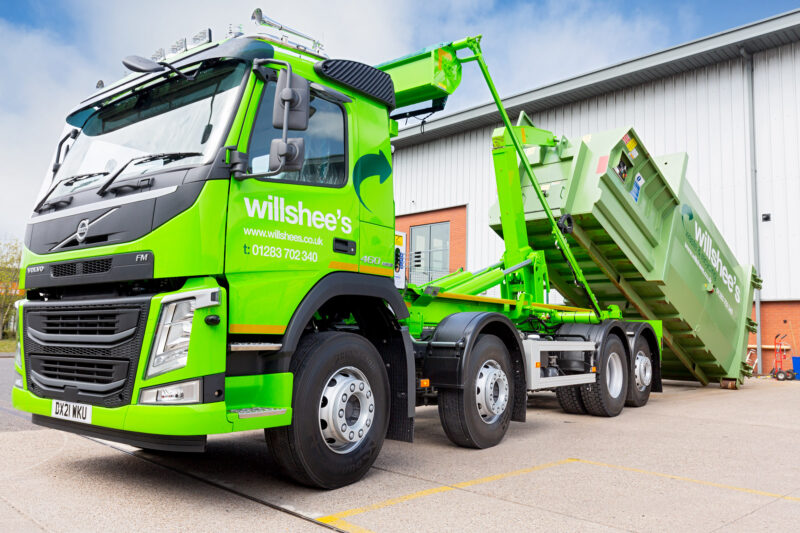
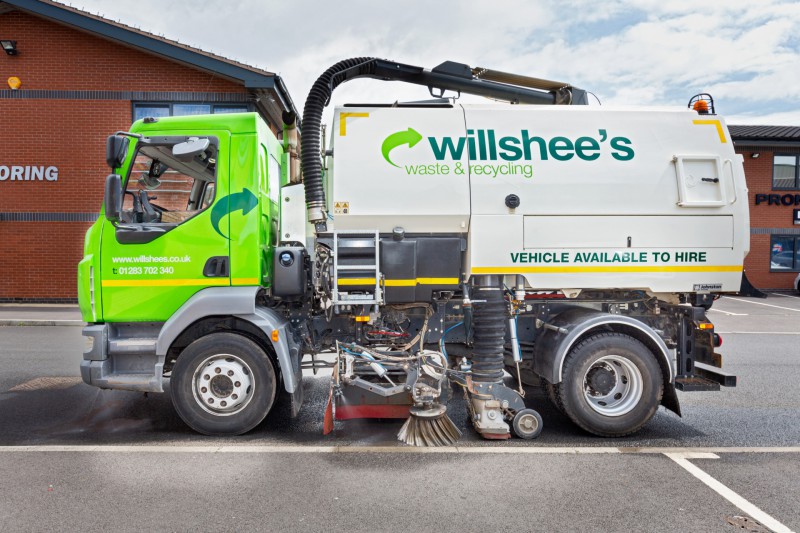
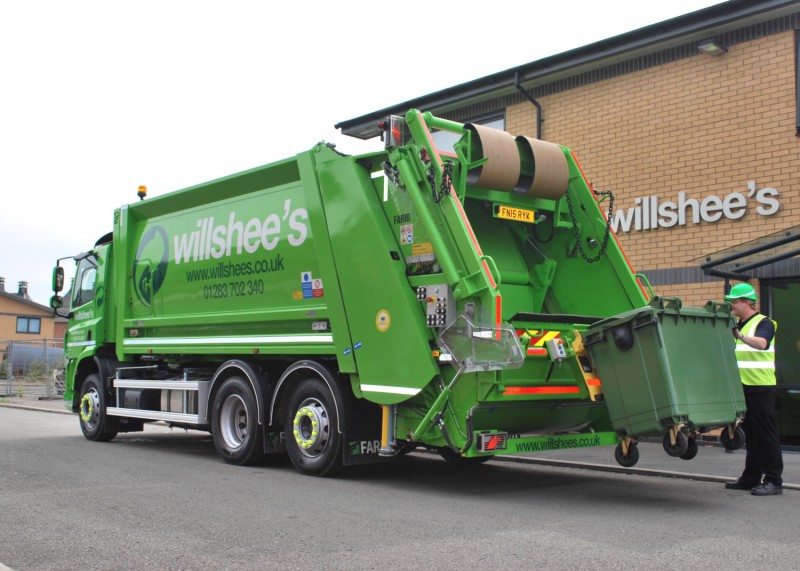
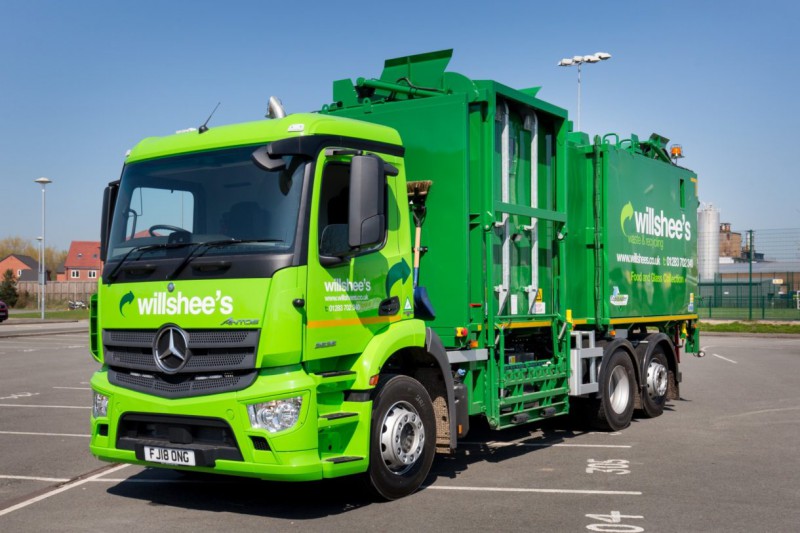
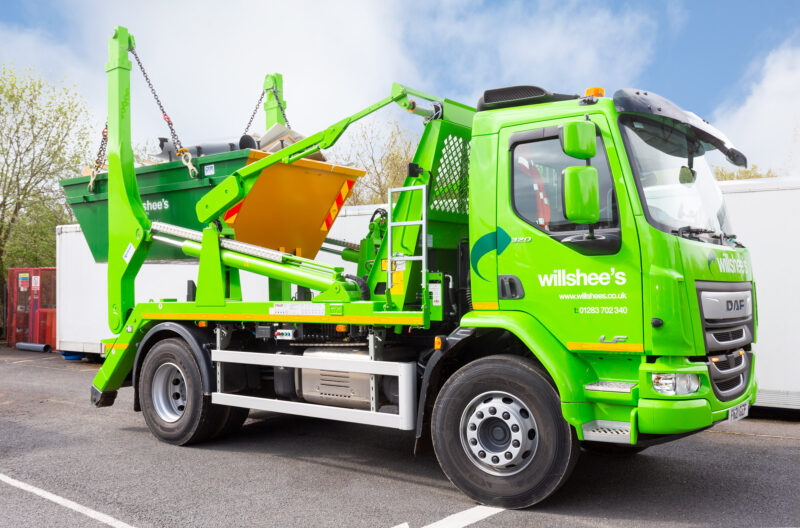
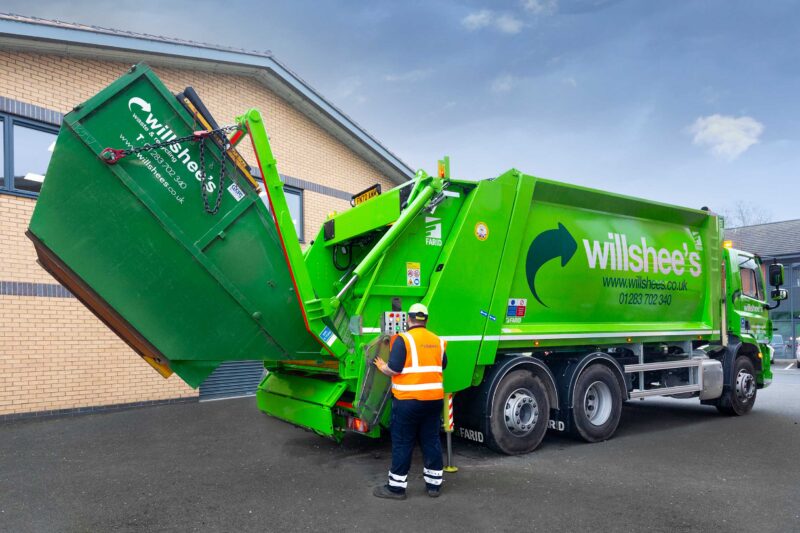
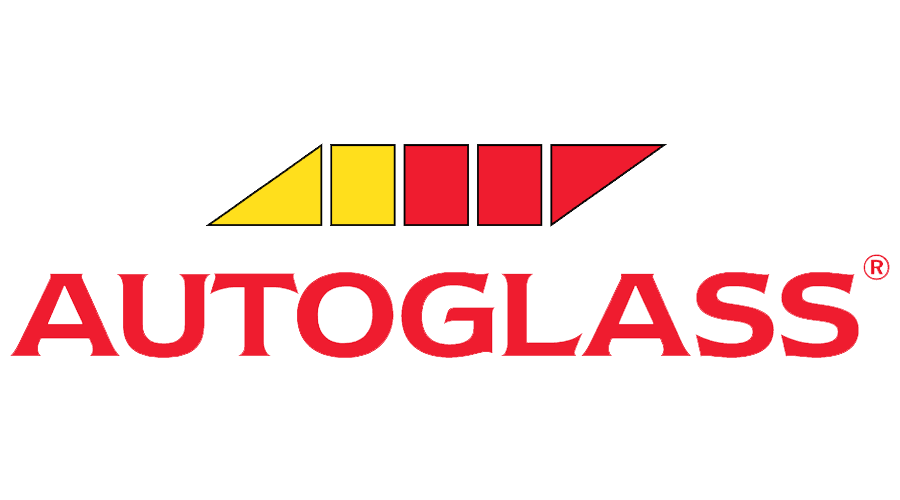


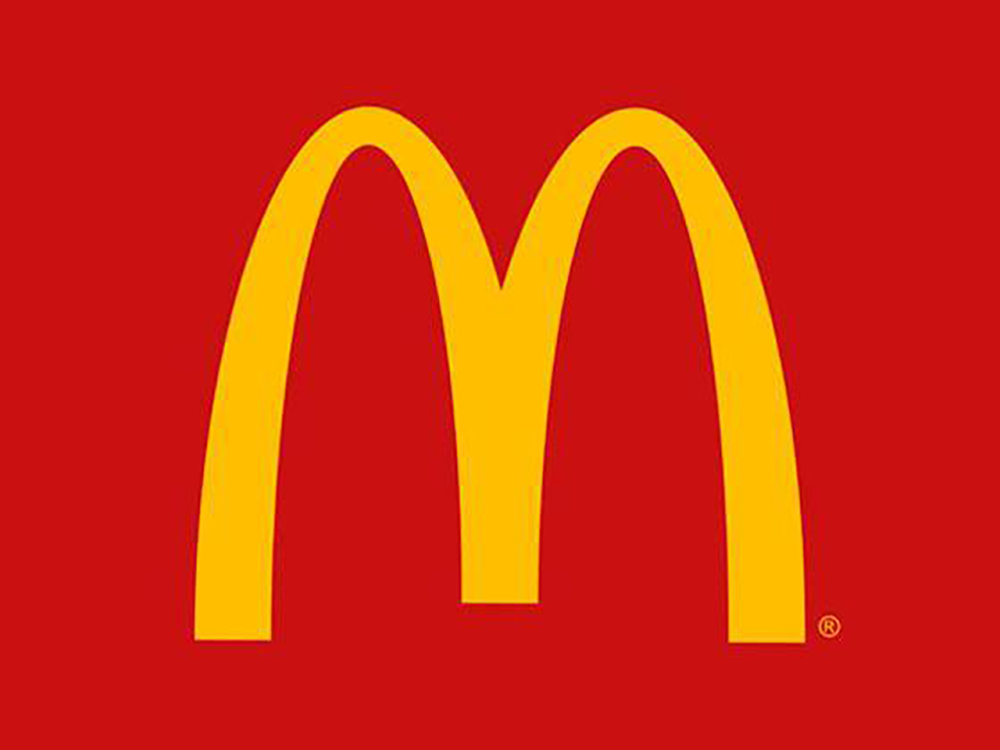


Social